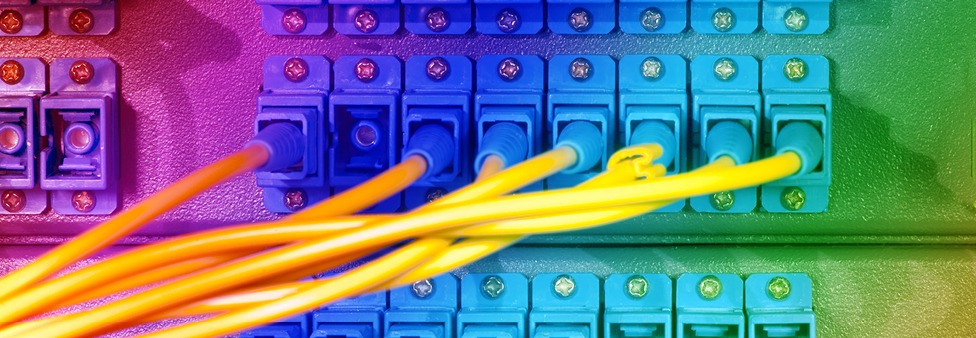Fox-IT is recommending that IPv6 is disabled when it is not being used, as disabling Proxy Auto Detection. This of course means that Windows-based hosts are unable to switch preference to IPv6 when it is available (which all versions since Windows Vista will do), and that IPv6 would need to be explicitly re-enabled on hosts.
The article makes some important points, but IPv4 and IPv6 are fundamentally incompatible on a wire level and it needs to be understood they can’t communicate with each other except through translation devices. There are a number of known issues (including this one) with the security of automatic configuration mechanisms running on Local Area Networks, both under IPv6 and IPv4, but these require physical access to a wired or wireless LAN. In any network, if an attacker gains unsecured access to Layer 2 protocols that do not have any port security or client separation, then any Layer 3 protocol can be compromised.
As such, turning off IPv6 should not be the recommended solution to this issue. Deploying, configuring and securing IPv6 on your network is preferable, which would also ensure hosts will be able to communicate with IPv6. By deploying a DHCPv6 server, and network security mechanisms such as port security, RA, and DHCPv6 guard, and other “first hop security” mechanisms, then we can minimize the risk of our networks being exploited.
In the absence of basic network security we can’t simply expect that turning off one of the protocols will solve the problems. Securing the network infrastructure would mitigate much of the threat, so if an attacker gains physical access to it, they will have a hard time to successfully connect and send any packets.
Deploy360 aims to help you deploy IPv6 securely, so please take a look at our IPv6 Security references to learn more.

